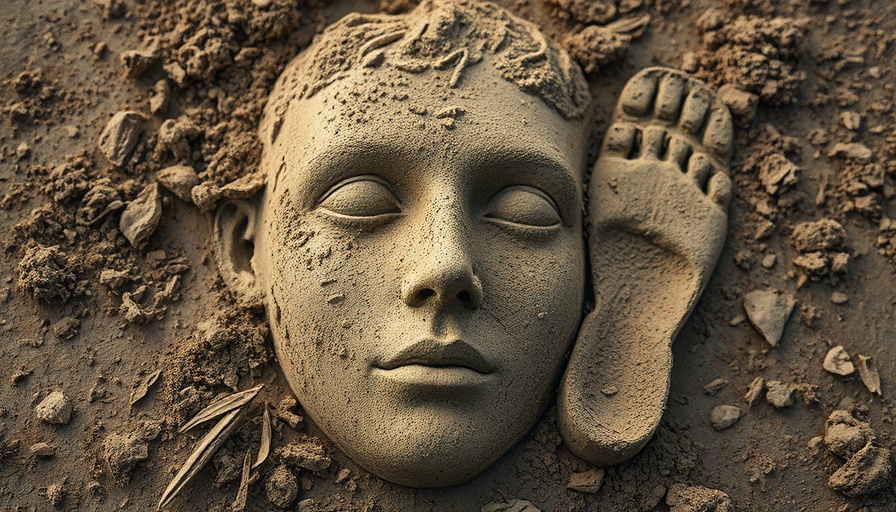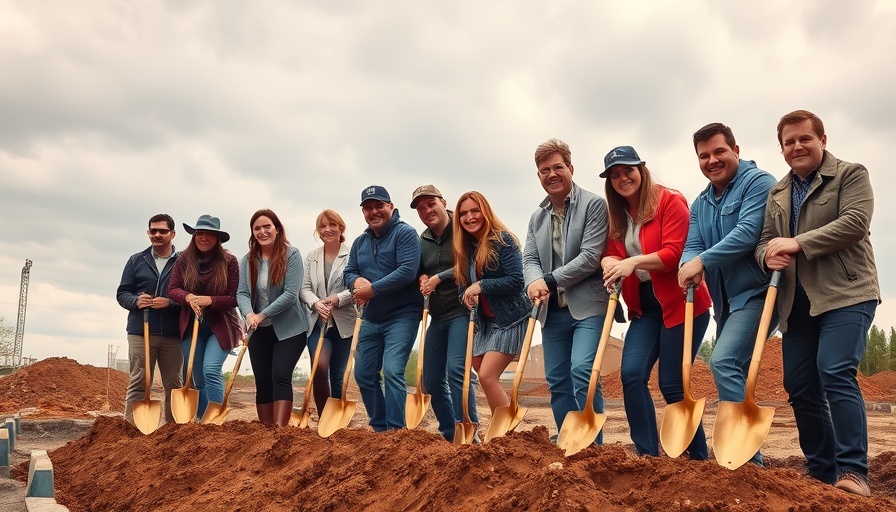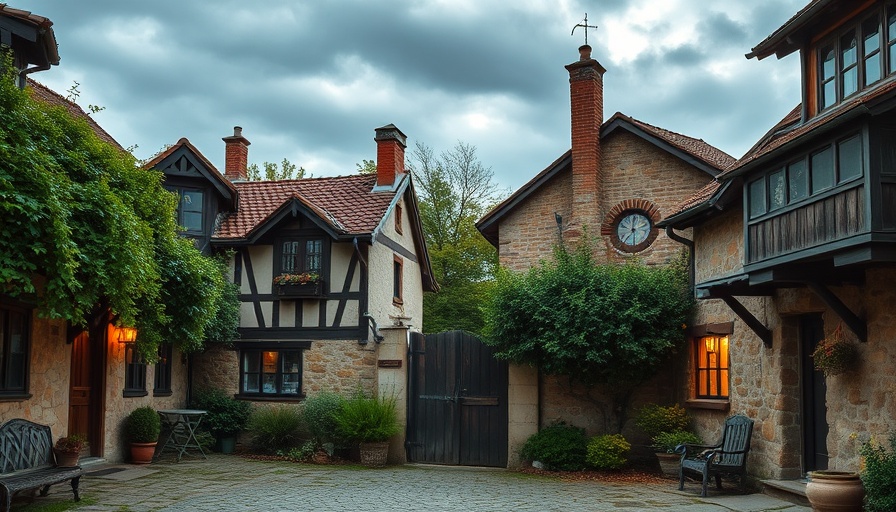
Reshaping a Nation: The Symbolic Fall of Assad's Icons
The removal of Bashar al-Assad's iconic images marks a monumental shift in Syria's landscape, transcending mere defacement. As time passes since his toppling, the remnants of a regime that once instilled fear and control are being dismantled. This movement is deeply rooted in the collective psychological healing of a nation longing for freedom from a decades-long dictatorship.
Breaking the Chains of Fear
For many Syrians, the images of the Assad family represented more than just political propaganda; they underscored a culture of fear, distrust, and oppression. Ibrahim Qashash, a resident of Aleppo, recalls the day he participated in the uprising, contributing to the physical destruction of propaganda posters. “They practically made themselves gods,” he reflects, highlighting how these images served to elevate the Assads above the populace.
From Icons to Scrap: A Symbolic Reclamation
Today, as statues and billboards are destroyed, proponents of the revolution experience a cathartic release. Statues that once instilled pride in the regime are now being repurposed into scrap metal or even floor mats, symbolizing the national desire to walk over the icons of former oppression. This direct action not only represents a reclamation of space but also a redefinition of cultural identity as Syrian citizens choose their own narrative.
The Road Ahead: A New Identity
While the fall of these icons signifies a victory over the past, the journey towards a liberated Syria remains riddled with challenges. Civil defense groups like the White Helmets are working diligently to eradicate any visual remnants that might remind citizens of the Assad regime. “There is a psychological effect of these images,” explains Aamir al-Haj Omar, illustrating the ongoing struggle of breaking free from the past.
Transformation Through Action: What Comes Next?
The destruction of the Assad imagery is not simply a physical act; it symbolizes a profound transformation in national sentiment. As new symbols are chosen to reflect a hopeful future, there emerges an opportunity for discussions about governance, civil rights, and unity. As citizens pore over their past, paving the way for an inclusive national identity, the power of regeneration fuels the belief in a brighter, more democratic Syria.
 Add Row
Add Row  Add
Add 




 Add Row
Add Row  Add
Add 

Write A Comment